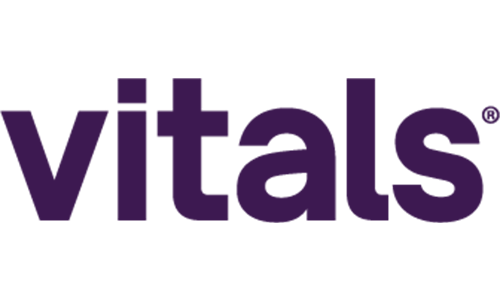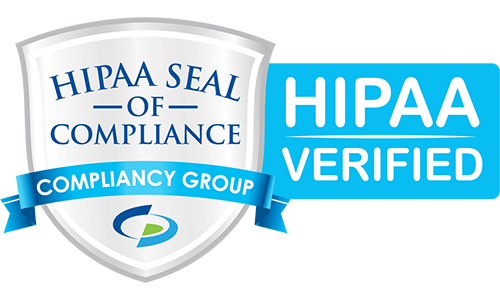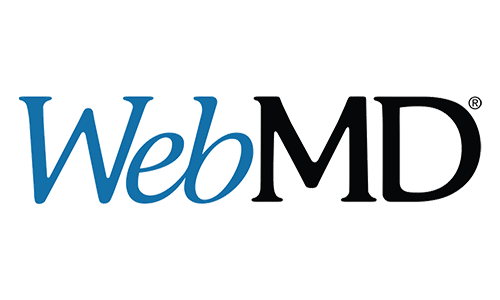Performing a SWOT Analysis for Hospitals and Medical Practices
The healthcare industry has become competitive and making patients aware of your services requires strategy. One effective tool for strategic planning is the SWOT analysis. SWOT stands for Strengths, Weaknesses, Opportunities, and Threats. This analysis helps organizations identify their internal strengths and weaknesses, as well as external opportunities and threats. In this blog post, we will show you the importance of conducting a SWOT analysis for hospitals and medical practices and provide a step-by-step guide on how to perform one effectively.
Why Perform a SWOT Analysis?
A SWOT analysis provides valuable insights into an organization's current situation and future prospects. By identifying internal strengths and weaknesses, hospitals and medical practices can capitalize on their advantages and address areas that need improvement. Additionally, analyzing external opportunities and threats allows organizations to adapt to market trends, anticipate challenges, and make informed decisions. A SWOT analysis helps organizations develop a comprehensive strategic plan that aligns with their goals and objectives.
Step 1: Identify Strengths
The first step in performing a healthcare SWOT analysis is to identify the strengths of the hospital or medical practice. These are internal factors that give the organization a competitive advantage. Some common strengths in healthcare include:
- Reputation: A strong reputation for quality care can attract more patients and referrals.
- Expertise: Having skilled and experienced healthcare professionals enhances the organization's credibility.
- Advanced Technology: Access to state-of-the-art equipment and technology can improve patient outcomes.
- Specialized Services: Offering unique services or specialized treatments can set the organization apart from competitors.
- Location: A strategic location can attract a larger patient base.
Step 2: Determine Weaknesses
Next, it is important to identify the weaknesses of the organization. These are internal factors that hinder its ability to compete effectively. Some common weaknesses in healthcare include:
- Outdated Infrastructure: Aging facilities and outdated equipment can impact the quality of care provided.
- Staff Shortages: Insufficient staffing levels can lead to longer wait times and reduced patient satisfaction.
- Limited Resources: Budget constraints may limit the organization's ability to invest in necessary upgrades or expansion.
- Inefficient Processes: Poorly designed workflows and administrative processes can lead to delays and errors.
- Lack of Specialized Services: Not offering certain services may result in patients seeking care elsewhere.
Step 3: Identify Opportunities
Once strengths and weaknesses have been identified, it is essential to explore external opportunities that can be leveraged for organizational growth. Some common opportunities in healthcare include:
- Market Growth: Expanding population or aging demographics can create a larger customer base for healthcare services.
- Technological Advancements: Embracing new technologies such as telemedicine can enhance accessibility and convenience.
- Partnerships and Collaborations: Collaborating with other healthcare providers or organizations can lead to new opportunities for growth and innovation.
- Changing Regulations: Regulatory changes may open up new avenues for service delivery or reimbursement.
- Emerging Markets: Exploring new geographical areas or niche markets can diversify revenue streams.
Step 4: Analyze Threats
Lastly, identify external threats that may impact the organization's success. These can include:
- Competition: Other hospitals or medical practices offering similar services may pose a threat to market share.
- Changing Demographics: Shifting population demographics or healthcare needs may require organizations to adapt their services.
- Economic Factors: Economic downturns or changes in insurance reimbursement rates can impact financial stability.
- Government Regulations: Compliance with changing healthcare regulations can be challenging and costly.
- Technological Disruptions: Rapid advancements in technology may require organizations to invest in expensive upgrades or risk becoming obsolete.
Step 5: Strategic Planning
Once the SWOT analysis is complete, it is time to develop a strategic plan based on the findings. This plan should consider the strengths, weaknesses, opportunities, and threats identified during the analysis. The strategic plan should include specific goals, objectives, action steps, and timelines for implementation. It should also allocate resources effectively to address weaknesses, capitalize on strengths, pursue opportunities, and mitigate threats.
Performing a healthcare SWOT analysis is a valuable exercise for hospitals and medical practices seeking to gain a competitive edge in the healthcare industry. Regularly revisiting and updating the SWOT analysis ensures that organizations stay agile and responsive to changes in the industry. A well-executed SWOT analysis can help hospitals and medical practices deliver high-quality care while remaining competitive in today's challenging healthcare landscape.
For healthcare professionals looking to develop a winning medical marketing strategy, it is essential to seek the expertise of a trusted healthcare digital marketing company like Clinician Box. With our in-depth knowledge of the healthcare industry and expertise in digital marketing, we can help you reach your target audience effectively and grow your practice. Don't miss out on the opportunity to elevate your medical marketing game and connect with Clinician Box today. Visit their website at www.clinicianbox.com or give them a call at (833) 254-6269 to take the first step towards achieving your marketing goals.















